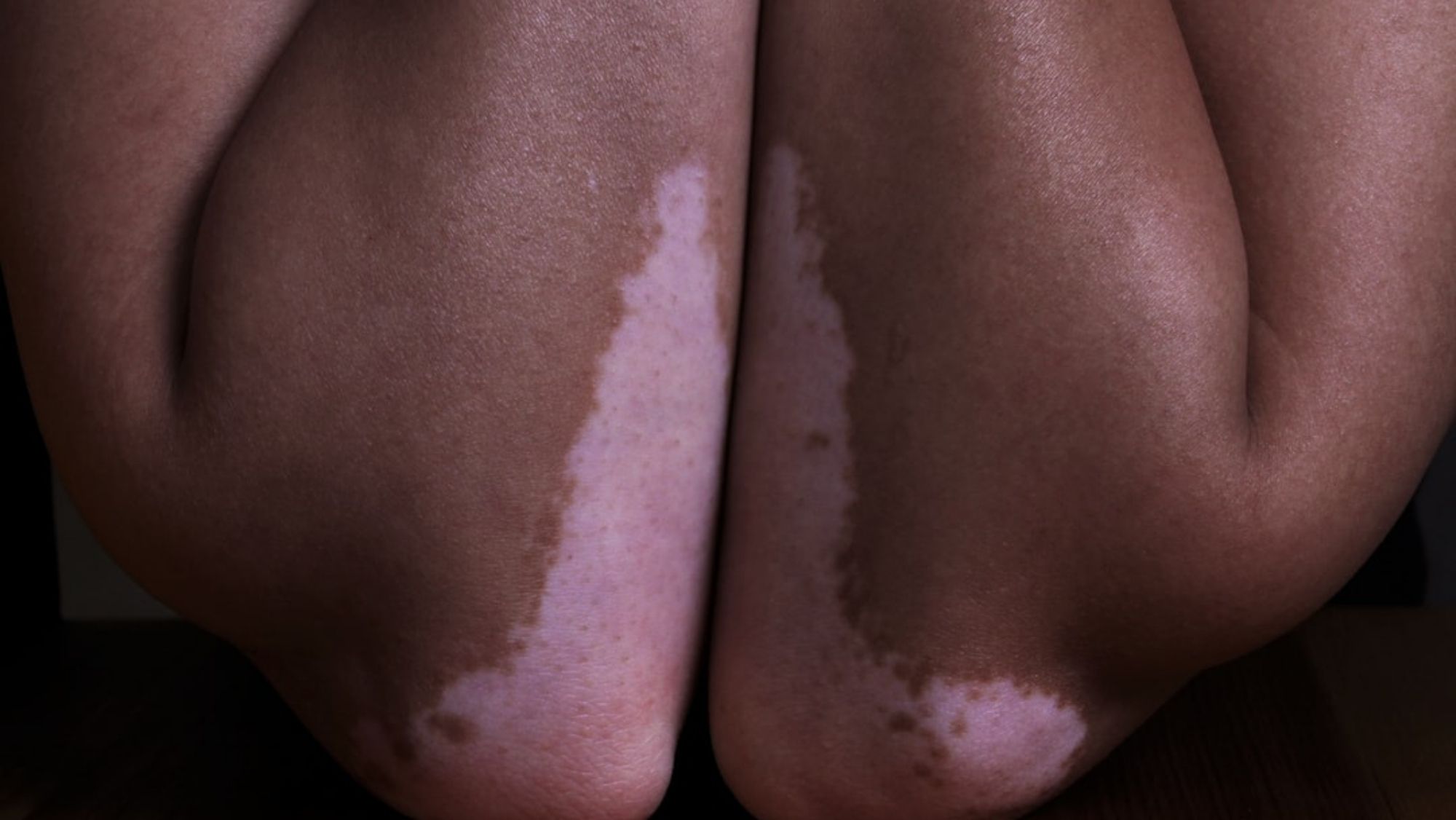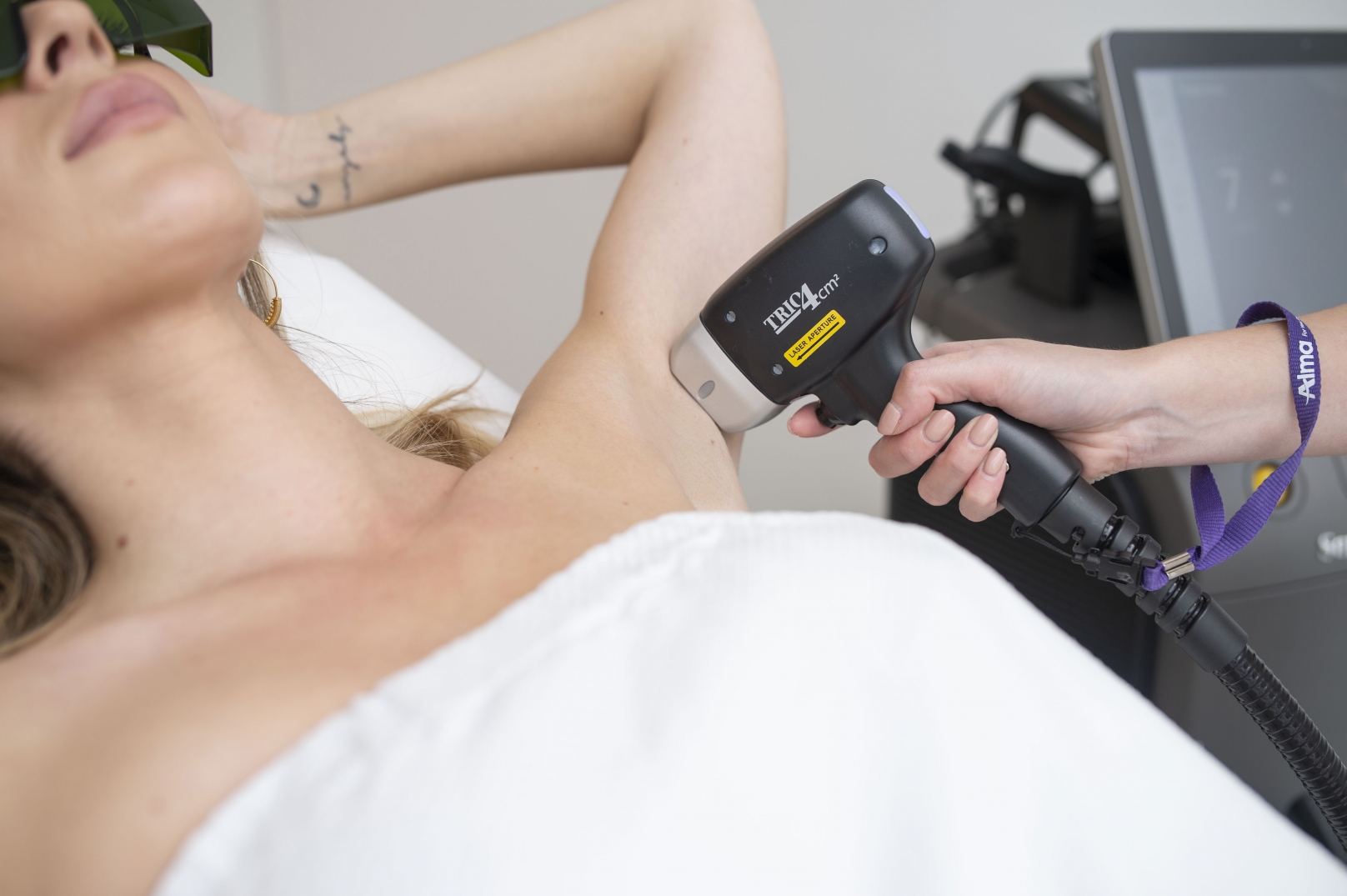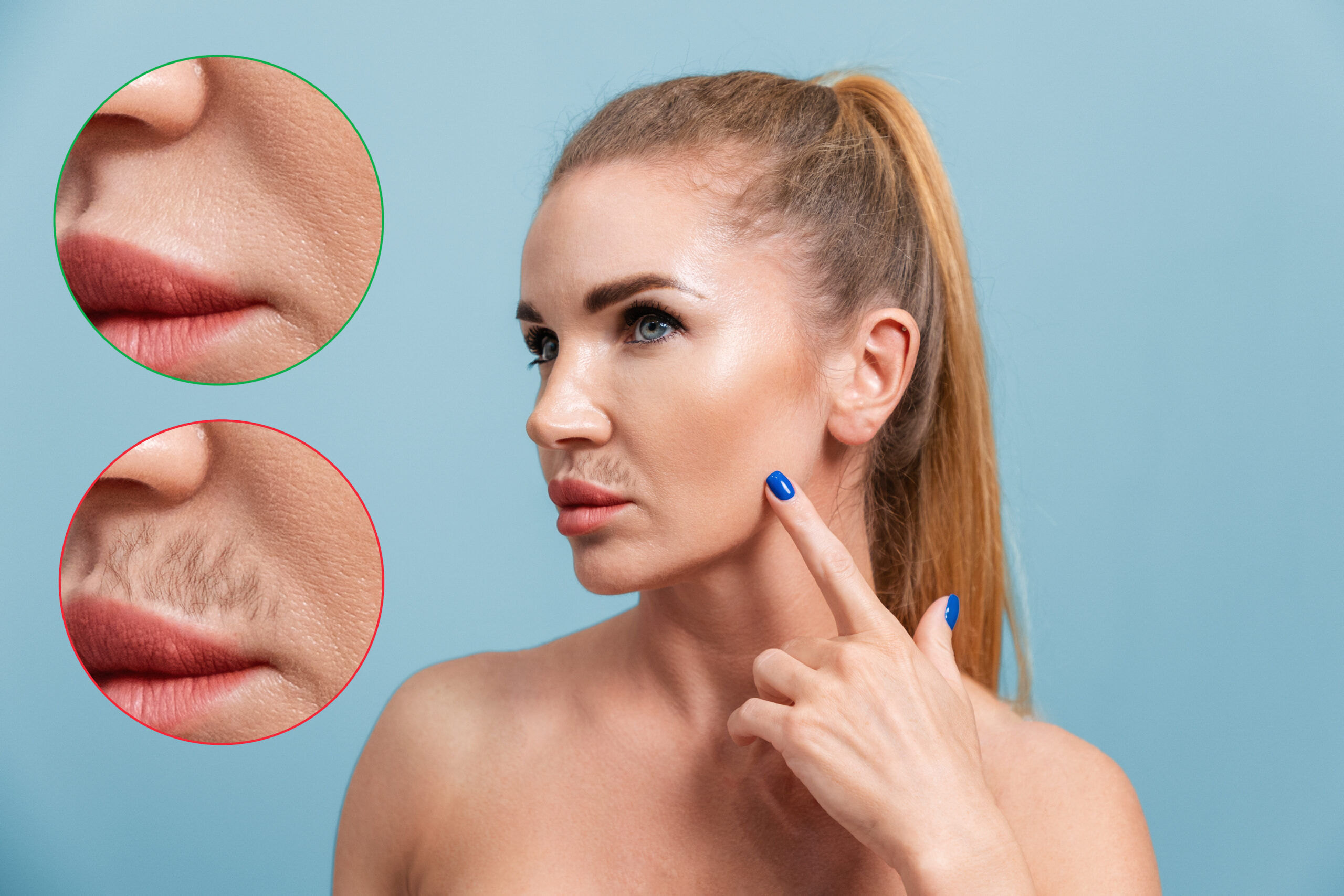About 1.5% of humans develop vitiligo in their lifetimes. Those that do are not in any life-threatening danger from the condition. However, they can experience negative psychological effects from unattractive changes in their appearance.
Luckily for sufferers, medical experts know far more about this disease than they did decades ago. This advancement in knowledge has led to a greater number of new vitiligo treatments.
Do your medical clinic’s patients experience vitiligo symptoms? If so, it may be beneficial to learn about some of these treatments.
Read on to learn more.
Xelijanz and UV Light Therapy
As explained in this article, this new treatment uses UV light therapy combined with the drug Xelijanz. The drug is used to suppress the immune system while UV light darkens the skin.
The reason this works has to do with why vitiligo occurs. At its basic level, vitiligo is an autoimmune disease. Essentially, the immune system attacks the melanocytes, the cells that give skin its colour, in the body.
As mentioned in the article, experts still need to test this treatment on a larger number of people. Only then can they confirm that it is effective.
Also, not everything about this treatment is good. One major downside is the expensive price of the treatment’s drug. Experts have estimated it to cost $2,000 a month and this is a cost medical insurance may not cover.
In addition, the effects of this treatment are not permanent. Individuals who undergo this treatment may need to continue taking Xelijanz for life.
Depigmentation Therapy
Instead of darkening the skin, vitiligo sufferers can get their skin lightened. Experts also refer to this treatment for vitiligo as depigmentation therapy. If the treatment is successful, the variety of skin colours a patient’s body experiences will all become lighter.
Professionals may apply a topical cream that contains certain chemicals for this treatment. Monobenzyl ether of hydroquinone (MBEH) is one of the common ingredients. Applying it to the skin leads to the death of melanocytes.
Other common chemicals include phenol, imiquimod, and diphencyprone. Medical professionals may also consider using laser devices or cryotherapy to destroy melanin. A combination of all these treatments is also possible.
However, these treatments for vitiligo can cause difficult side effects. Their skin may react poorly to the chemicals applied to it. They may experience scarring, swelling, blistering, and several more conditions.
In addition, melanocytes have the job of protecting the body from UV light. When treatment destroys them, a patient’s body becomes very vulnerable to it. He or she can easily develop certain cancers.
Consider Our Laser Equipment for Vitiligo Treatments
Don’t take any risks if you want to use these vitiligo treatments. Make sure that you read everything you can about them. You should know the treatments’ purposes, side effects, and all other important information.
This is not just so that you can keep your patient well-informed. It’s also so that you can prepare for any potential medical emergencies.
Are you set on providing your patients with these treatments? If so, consider purchasing one or more of our machines for this purpose. We’re one of the top 5 global industry leaders in multiple surgical and aesthetic markets.
Our services also offer machine training, after sales service, and much more. Contact us today for a free consultation.


















